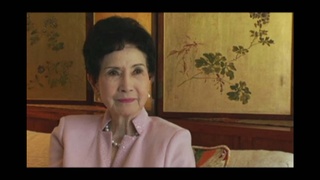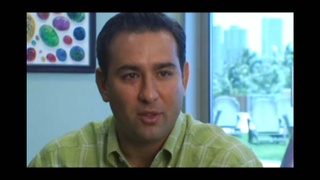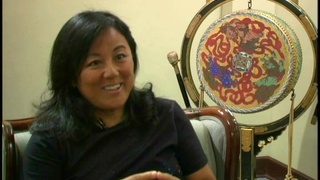Interviews
Family’s acceptance
It’s a challenge, especially if you’re Asian, yes. Asians go into doctors, they become lawyers or accountants or something. Actually, my father pushed me. “Well, you should go into computers, or take some business, get a business degree, you know.” But I really wanted to do artwork. I quit my job, I went full time into freelance artwork. And lived, moving up to LA from Hawaii. We did not know anyone here, so it was basically knocking on doors, calling, making phone calls, and basically taking whatever I could get. T-shirt designs, book illustrations, magazine illustrations, newspapers. But when Usagi [Yojimbo] happened, I was able to devote, pretty much full time to Usagi. And I remember my first book signing in Hawaii, my father thought he’d come over to see me. And he could not get into the store because of the crowds. So after that, “Well, I guess Stan’s doing okay then.” So I think that was the acceptance right there.
Date: September 28, 2010
Location: California, US
Interviewer: Lynn Yamasaki, Maria Kwong
Contributed by: Watase Media Arts Center, Japanese American National Museum
Explore More Videos

Memories of railroad workers who stayed at family's prewar hotel in Spokane, Washington
(b. 1923) Chick sexer


Father's role in starting the Wailea Milling Company
(1925 - 2018) Nisei educator from Hawai‘i

Growing up with Japanese language and values
(1925 - 2018) Nisei educator from Hawai‘i


Taking over husband’s orchid farm and nursery
(1925 - 2018) Nisei educator from Hawai‘i


I’m a Japanese, Peruvian… who am I? (Spanish)
(b. 1962) Peruvian Poet, Okinawan descendant

Fitting back into American life
(1928 - 2008) Drafted into both the Japanese Imperial Army and the U.S. Army.

Helping youth in the community
(1928 - 2008) Drafted into both the Japanese Imperial Army and the U.S. Army.

Three important things learned from father
Hawaiian businessman, developer.


On Getting the Call from J. Anthony Kline
(b. 1942) The first Asian American woman judge

Father's Sacrifice
(1941-2018) Japanese Canadian photojournalist and activist

Growing Up in Japan
(b. 1930) Half Japanese and grew up in both Japan and the United States.
